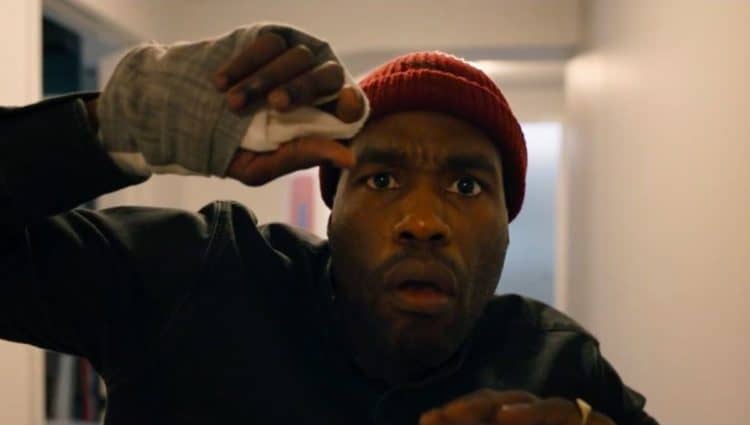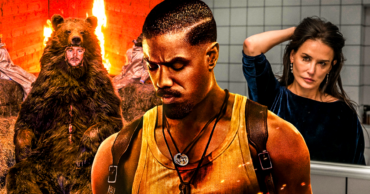
“Candyman, Candyman, Candyman, Candyman.” According to the urban legend, if you chant Candyman five times while staring in the mirror, the supernatural killer would appear. The release of the rendition of this classic horror film in theaters this weekend has teleported us all to childhood in which only the brave would dare to test this theory. However, this highly anticipated sequel does more than showcasing the gory killings of a deranged supernatural madman. It actually explores Candyman’s life story, highlights the oppression he’s suffered, and exposes a bigger social issue; black trauma.
The screenplay was co-written by Jordan Peele (Get Out and Us) and directed by rising star Nia DaCosta. Peele describes the film as a “spiritual sequel” that cleverly weaves together chilling aspects of the supernatural and hard real-world truths. In fact, in the latest trailer to hit the internet ahead of the movie’s release, you can repeatedly hear the chants; “say his name”. This is a play on words because the phrase “say his name” is what actually spearheaded the Black Lives Matter movement. The plot revolves around Anthony McCoy (Yahya Abdul-Mateen), a Chicago artist who desperately wants to be accepted by white critics. Anthony becomes obsessed with the legend of Candyman and it becomes the inspiration behind his artwork. In his pursuit of artistic excellence in an industry heavily influenced by Caucasians, Anthony begins to explore the urban legend and it changes his life.
The film briefly touches on the 1992 Candyman when it tells the story of Daniel Robitaille, a talented artist and the son of a slave who was commissioned to paint a portrait of a wealthy white woman named Caroline in the 1800s. The two fall madly in love and Daniel ends up getting Caroline pregnant. When her father finds out about their relationship he leads an angry mob of white men to torture and lynch Daniel. They cut off his arms, legs and covers his body in honey so that’s he attacked by a swarm of bees.
In the 2021 sequel, the movie opens with a flashback of the beating and murder of Sherman, a local black man in Chicago known for passing out candy to the kids in the neighborhood. Sherman was wrongfully accused by police of putting razors in the candy. The police brutally beat Sherman and shoot him dead in the street. Peele does an excellent job at weaving both tales of the Candyman in the film. He shows that Candyman doesn’t just represent one person but he actually represents a long list of black men that were unfairly subjected to white violence. Candyman’s vengeful murders represent the rage experienced by African American communities.
Perhaps the most noteworthy difference between the 1992 film and this sequel is that the story is finally being told from the black perspective which was very important to Jordan Peele and Nia DaCosta. It was only right since the protagonist was a black man. In the original film, Candyman was viewed as the evil villain that took part in ruthless and senseless killings. The story wasn’t told from a perspective that would actually allow the audience to have some sympathy for what Candyman had to go through. In the sequel, Candyman is a victim just as much as he is a villain.
Gentrification is another topic explicitly explored in Candyman. Whereas the 1992 film touches on the initial stages of gentrification of the Chicago neighborhood, the audience is able to see the transformative power of gentrification. However, despite the new high-rise buildings and the influx of the middle class, there’s nothing that can mask the racist history of the area. Abdul Mateen says it’s best, “to be made a visitor and policed in your home is a horror itself.” Candyman is a tale of systemic racism and police brutality. In reality, the story of Candyman is the story of Breonna Taylor, George Floyd, Ahmaud Arbery, and thousands of other African Americans that were victims of police brutality. There is no greater horror than racism in America.
 Follow Us
Follow Us





